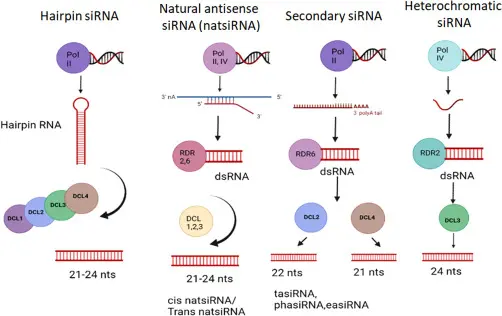siRNA Therapeutics: Applications and Delivery Challenges
siRNA (small interfering RNA) represents an emerging class of therapeutic candidates with the potential to address a wide range of indications, each presenting unique challenges for development. Atugen’s in-house projects are broadly categorized into topical and systemic applications, both of which require tailored solutions for effective delivery. Achieving functional delivery of siRNA in vivo remains the biggest hurdle in advancing these therapeutics. While siRNA is readily taken up by cells in culture using liposomal formulations, the uptake of “naked” siRNA — delivered in a simple physiological buffer without additives — often demands much higher concentrations and still frequently results in non-functional uptake that does not silence the target gene effectively. As a result, formulated delivery systems using polymers, liposomes, or other vehicles are often needed to enhance efficacy, though they can increase production costs and add regulatory complexity. To address this, Atugen continues to optimize both naked and formulated delivery approaches. For systemic applications, the company is focusing on metabolic diseases and epithelial cancers, where intravenous or intramuscular administration is appropriate. Meanwhile, topical applications, which offer localized treatment and potentially lower systemic exposure, are being developed for ocular diseases and certain skin conditions. By advancing both delivery methods and application routes, Atugen aims to unlock the full therapeutic potential of siRNA-based medicines.
